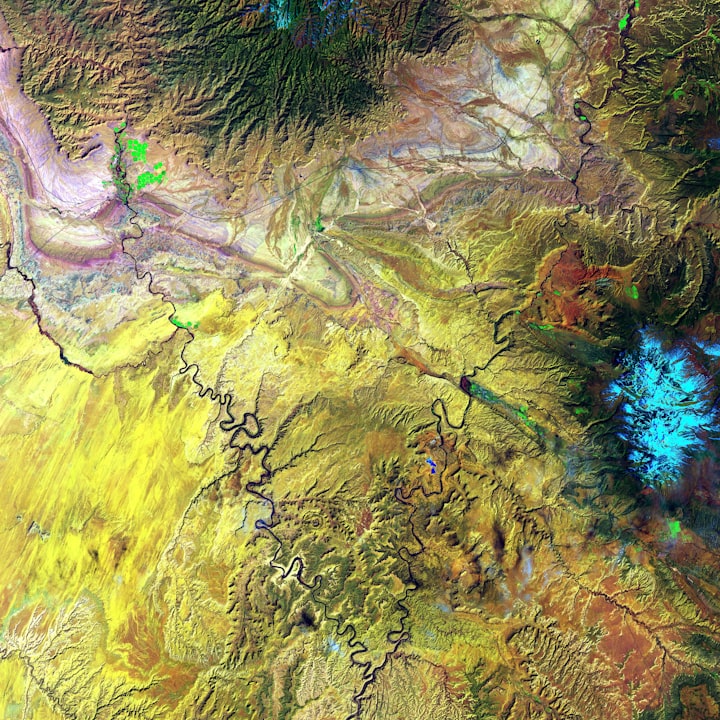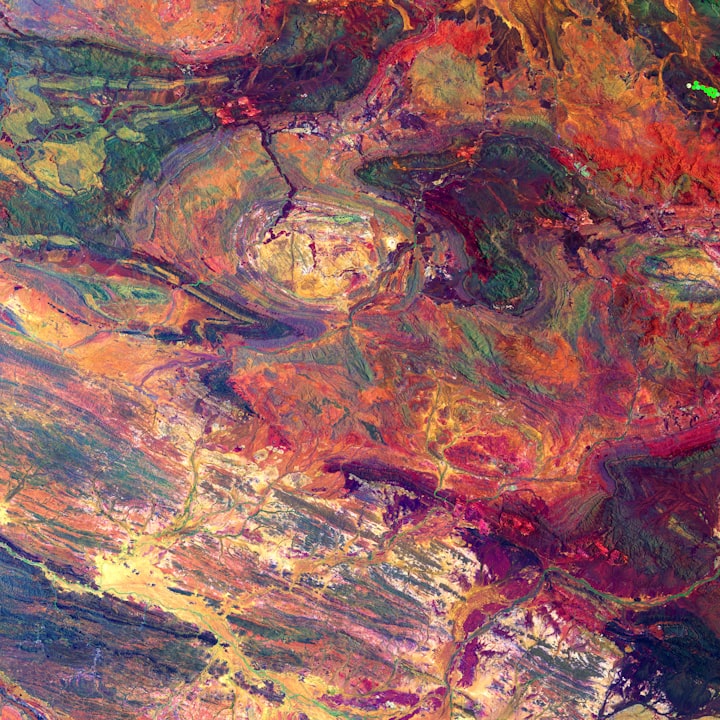How Is Rainfall Measured in Millimeters and Centimeters?
Discover the simple yet precise method of rainfall measurement in millimeters and centimeters, crucial for weather forecasting and hydrology.

When it comes to measuring rainfall, simplicity is key.
Rainfall is measured in millimeters (mm) or centimeters (cm) by placing a container outside and measuring the depth of the water collected.
The depth of the water in the container can provide a rough estimate of the total amount of rainfall in the immediate area.
How It Works
If the opening of your container is 10 square centimeters and the water measures 1 cm deep, you can assume that in another 10 square centimeter container nearby, approximately 1 cm of water would have collected as well.
Thus, measuring the depth of water in multiple containers in different locations enables a more precise determination of the total rainfall from a storm.
Importance of Measurement
Rainfall measurement in mm/cm is crucial for various reasons, including agricultural planning, water resource management, and flood risk assessment.
Accurate rainfall data is essential for farmers to determine optimal planting and irrigation schedules, and for water resource authorities to manage reservoirs and water distribution effectively.
Additionally, meteorologists rely on rainfall measurements to analyze weather patterns and issue flood warnings.
Devices Used
Several devices are utilized to measure rainfall, with rain gauges being the most common.
Standard rain gauges consist of a funnel that directs rainwater into a graduated cylinder, allowing for the precise measurement of accumulated rainfall.
More advanced methods, such as weather radar and satellite imagery, provide broader-scale rainfall data by observing and analyzing cloud formations and precipitation patterns.
Key Takeaways
Understanding how rainfall is measured in millimeters and centimeters provides valuable insight into the fundamental principles of meteorology and hydrology.
Whether it's for agricultural purposes, urban planning, or weather forecasting, accurate rainfall measurement plays a critical role in numerous aspects of our lives.






